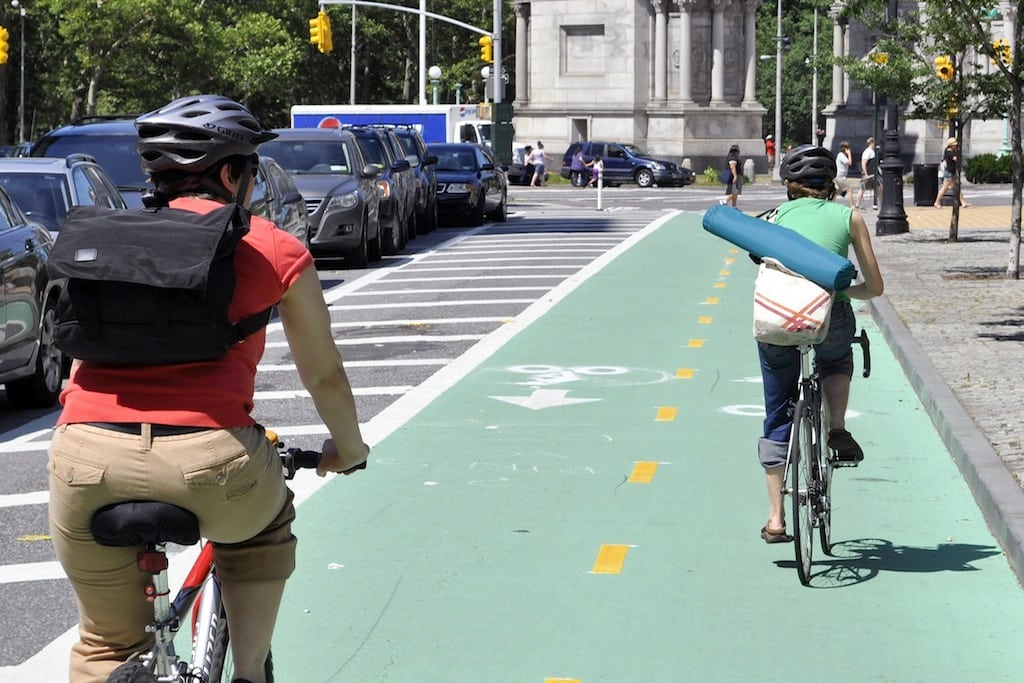How Mayor Bloomberg Changed The Way New York City Moves

Skift Take
It's tough to say that Bloomberg's lasting legacy will be New York City's transportation transformation with so many changes taking place in the past 12 years. We can say with confidence that the improvements are still just small steps towards insuring the city keeps pace with well-designed sustainable urban initiatives abroad.
[gallery ids="94993,94994,94997,94998,95001"]
Love him or hate him, no one can deny that New York City Mayor Michael Bloomberg changed his city and the way its 8.2 million residents and 52 million annual tourists move.
Michael Bloomberg became New York City's Mayor back in January 2002, so part of the evolution is the result of time alone. Other initiatives were pushed by Bloomberg, a man who's arguably been implementing city structure beyond his time.
The controversial and wide-spread introduction of bike lanes, the much-needed regulation of midtown's pedicabs, and the drawn-out start of an e-hail app pilot program are the advances that will ultimately bring New York into the 21st century as it works to keep up with smart and sustainable urban design projects worldwide.
Equally as important to the transformation is Commissioner of the NYC Department of Transportation Janette Sadik-Khan. Appointed by the mayor in 2007, Sadik-Khan has been instrumental in the introduction of Citibike, the closing of parts of Broadway, safer streets, and overall infrastructure improvements.
Zero of the projects under the Bloomberg administration have enjoyed ubiquitous support. Some have ta
